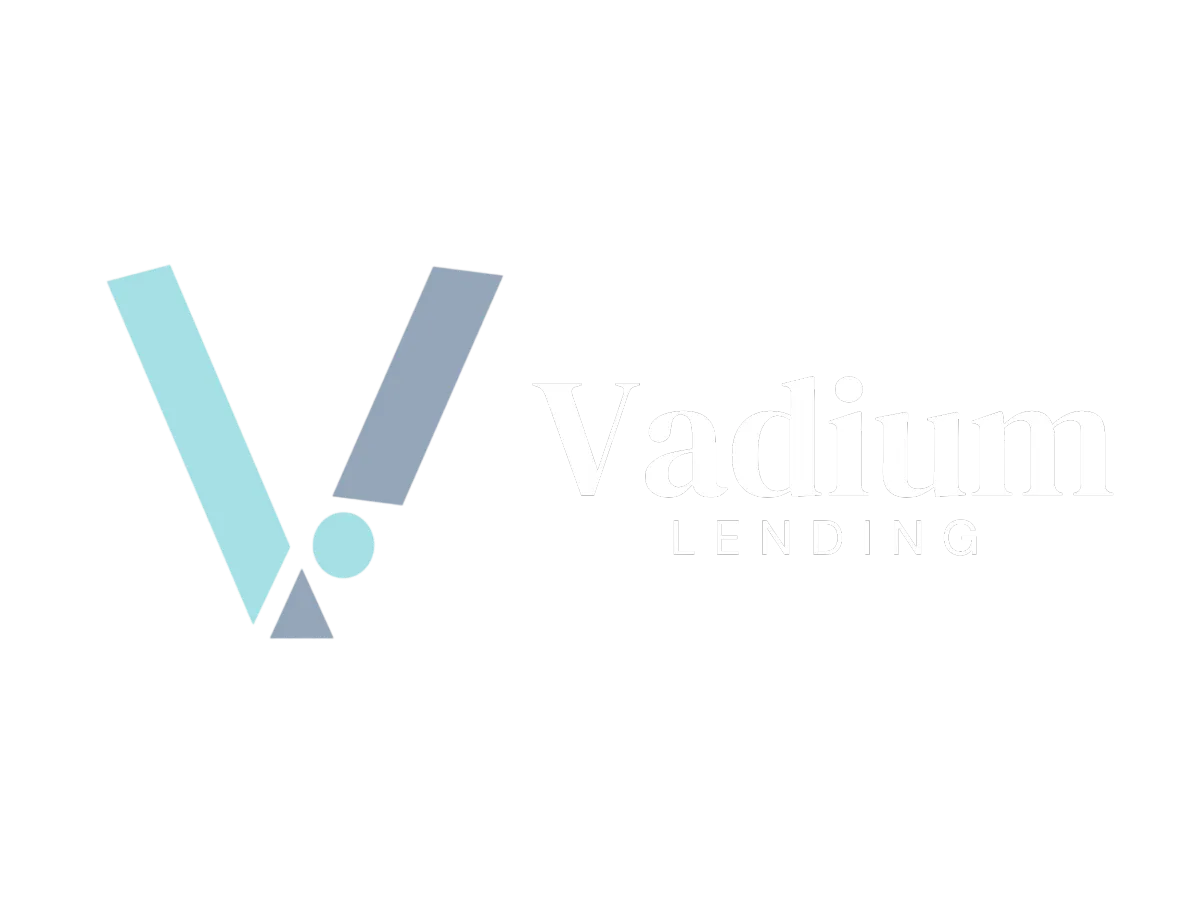Home Loans
Our Services, YOUR Options
Leveraging Debt to Achieve Wealth

Purchase
We provide Home Loans to those looking to purchase a:
First Home
Investment Property
SMSF Property
DHOAS Loan
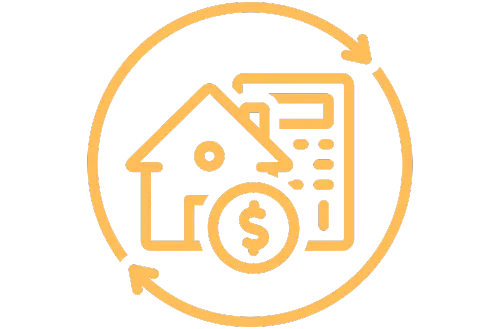
Refinance
Refinance options for those looking to:
Save
Invest
Consolidate Debt
Renovate / Restructure

Investment Loans
Solutions for those looking to upgrade or expand your:
Current Home
Property Portfolio
SMSF Loan Strategy
Loan Structure
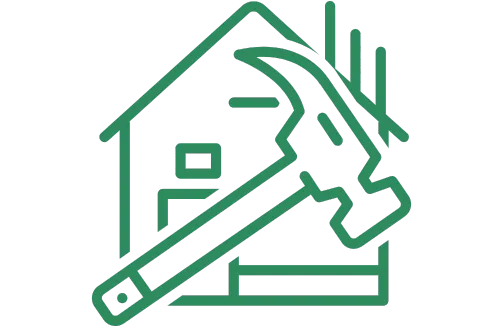
Construction Loans
Construction loans for those needing funds for:
House and Land Packages
Owner Builders
Build on your Block
Government Incentives
Eligibility criteria apply.
Federal Government Scheme
First Home Guarantee (FHBG):
Supporting eligible home buyers to buy a home sooner, with a deposit as little as 5%.
Regional First Home Buyer Guarantee (RFHBG):
Supporting eligible regional home buyers to buy a home sooner, in a regional area, with a deposit as little as 5%.
Family Home Guarantee (FHG):
Supporting eligible single parents and eligible single legal guardians of at least one dependent to buy a home sooner, with a deposit as little as 2%.
Click here to learn more.

Australian Capital Territory
The ACT Government has a concession scheme to help people to buy the home by removing or reducing duty on any property.
Click here to find out more.
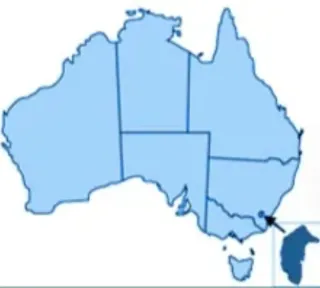
New South Wales
First home buyers in NSW may be eligible for a duty exemption, concession or grant. Key workers, single parents and single people 50 or over may also be eligible for Shared Equity Home Buyer Helper.
First Home Buyers Assistance Scheme:
Full or partial exemption on Stamp/transfer duty.
First Home Owners Grant (New Home):
$10,000 towards the purchase price, in addition to the First Home Buyers Assistance Scheme benefits.
Shared Equity Home Buyer Helper:
Support for eligible first home buyer key workers.
Click here to find out more
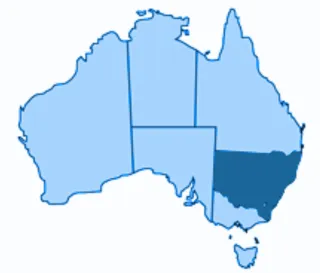
Northern Territory
If you are buying or building a new home, you can apply for a First Home Owner Grant (FHOG) of $10,000.
Click here to learn more.
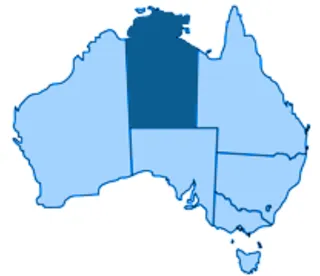
Queensland
The first home owner grant gives eligible first-time home buyers $15,000 towards buying or building a new home in Queensland.
The regional home building boost grant gives eligible applicants $5,000 after the purchase or construction of a brand-new house, unit or townhouse in regional Queensland.
When you buy or acquire a residence or vacant land on which you intend to build your first home, you may be able to claim a concession that reduces the amount of transfer duty you have to pay.
Click here to learn more
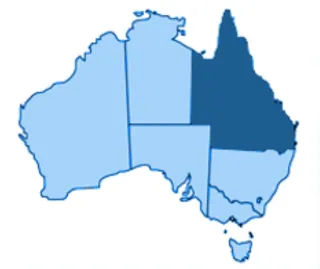
South Australia
First Home Owner Grant: You may be eligible for a first home owner grant of up to $15,000
Stamp Duty Relief for Eligible First Home Buyers: You may be eligible for a stamp duty relief on the transfer of land.
Click here to learn more
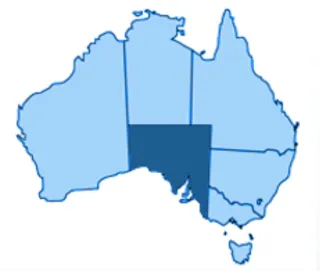
Tasmania
A first home owner grant is available to eligible applicants who purchase or build a new home in Tasmania. $30 000 grant: for transactions that commence between 1 April 2021 and 30 June 2024.
Click here to learn more.

Victoria
In Victoria you can receive $10,000 with the First Home Owner Grant (FHOG) If you are buying or building a new home valued up to $750,000.
To be eligible, the home must not have been previously sold or occupied. You may also be eligible for, and receive, more than one exemption, concession or reduction from stamp duty for your property.
Click here to find out more
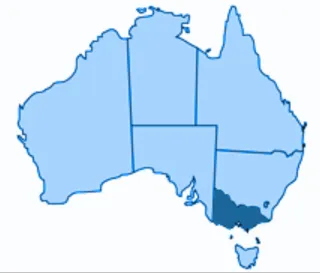
Western Australia
You may be eligible to the grant being $10,000 or the consideration paid to buy or build the house if less than that amount.
Click here to learn more.
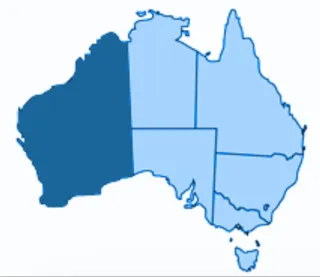
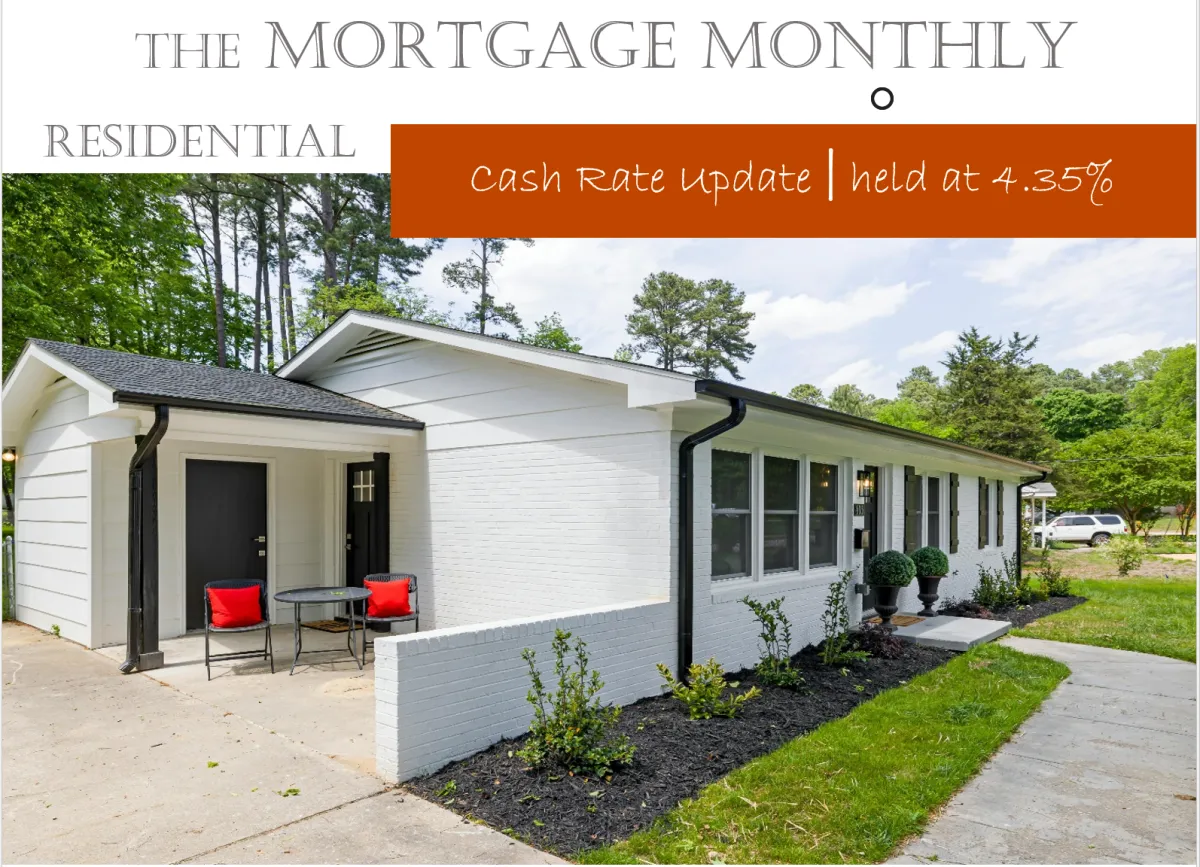
The Vadium Monthly - March 24
CONFIDENCE RETURNING TO VENDORS AS LISTINGS JUMP
Vendors are looking to capitalise on rising prices with a surge in new listings hitting the market across Sydney and Melbourne.
According to PropTrack, new listings jumped 27.7 per cent year-on-year in Sydney, marking the most active start to the year since 2011.
New listings increased even more in Melbourne, up 27.8 per cent compared to the same time last year making it the busiest start since 2008. The number of new listings was up 12 per cent nationally from last year after the strong rebound in the property market boosted confidence.
New listings were also strong in Hobart (up 4.3 per cent year-on-year) and Canberra (up 13.2 per cent year-on-year). It was the busiest start for new listings on record in Canberra, and the most active since 2014 in Hobart. Brisbane (up 4.8 per cent) and Adelaide (up 9.9 per cent) also recorded more new listings this year than in 2023, though it was not unusually strong.
In contrast, Perth (down 0.4 per cent) recorded slightly fewer new listings this year than at the same time last year. Regional NSW (up 12.3 per cent) and regional Victoria (up 8.4 per cent) recorded strong increases in activity compared to twelve months ago, while regional Queensland (down 5.2 per cent) was quieter.
Across the combined regional areas, the total number of properties listed for sale was up 9.4 per cent year-on-year. Regional Queensland (down 12.6 per cent year-on-year) and regional WA (down 10.6 per cent year-on-year) defied this trend.
The total number of properties listed for sale was up 1.2 per cent month-on-month, to be 4.5 per cent higher than a year ago. For buyers, there is an increasing level of choice in Sydney, Melbourne, Canberra, and Hobart, as the total number of properties listed for sale is above, or within 10 per cent, of the average over the past decade across all four cities.
With interest rates remaining steady since November, PropTrack believes that the decision by the Reserve Bank of Australia (RBA) has helped boost vendor confidence. They said that while there is a possibility of further interest rate increases if inflation is more stubborn than currently expected, financial markets are not expecting that will occur. Instead, financial markets are now expecting interest rates to decline later in the year, which will add to the confidence for both buyers and sellers.
House prices reach the $1 million mark
House prices have officially climbed above the $1 million mark for the first time after a strong 12 months of growth.
According to the Real Estate Institute of Australia (REIA) house prices in the major capital cities increased 1.8 per cent in the past three months while other dwellings jumped 1.7 per cent.
The national median house price officially reached $1,005,242 marking the highest price on record.
The median price for houses increased in Sydney, Brisbane, Adelaide, Perth, Canberra and Hobart, but decreased in Melbourne, and
Darwin with increases ranging from 1.1 per cent in Canberra to 7.5 per cent in Perth.
Sydney has the highest median house price at $1,595,310, which is now 58.7 per cent higher than the national median.
Darwin is currently the most affordable city in the country with a median house price of $560,000.
Over the past 12 months, the national median price for houses increased by 5.3 per cent, while the national median price for other dwellings increased to $658,953 - a quarterly increase of 1.7 per cent.
Median prices for other dwellings increased in all capital cities except in Melbourne and Hobart, where prices decreased, with increases ranging from 0.8 per cent in Canberra to 4 per cent in Adelaide.
At $795,994, the median price for other dwellings in Sydney continues to be the highest among the capital cities. The lowest median price for other dwellings was again in Darwin, which at $405,000 is 38.5 per cent lower than the national median.
In the past year, the national median price for other dwellings increased 5.8 per cent. Meanwhile, rents are also rising with the national median rent for three-bedroom houses increasing to $585 per week - a jump of 2.6 per cent.
The median rent for three-bedroom houses increased in all capital cities except Sydney, where it remained stable, while Darwin had the highest quarterly increase of 6.8 per cent.
Median rents increased in Brisbane, Canberra, Hobart and Darwin, and remained stable in all other capital cities, with increases ranging from 0.4 per cent in Darwin to 5.4 per cent in Canberra.
The house vs. unit divide continues to grow
The difference between the price of units and houses continues to grow, with homes now costing $300,000 more. According to CoreLogic, the “house premium” was just 16.7 per cent in March 2020, but has jumped to 45.2 per cent or $293,950.
CoreLogic Research Director Tim Lawless said houses typically attract a premium, but the gap was widening. “The house premium rose sharply through the pandemic upswing as more people sought out space and were more willing and able to live further afield in our cities,” Mr Lawless said.
“While we saw the premium contract through the early part of the rate hiking cycle as house values fell more than unit values, across the combined capitals the gap between house and unit values has since rebounded to a new record high as house values once again rise at a faster pace than units.”
According to Mr Lawless, since March 2020, capital city house values have increased 33.9 per cent or $239,000. At the same time unit values are up only 11.2 per cent or $65,235 during the same period of time.
Sydney has seen the largest increase in the house premium since the start of COVID, with the gap between house and unit values growing by almost 36 percentage points.
The Harbour City has the largest gap followed by Melbourne, Perth, Adelaide and Brisbane. Meanwhile, Darwin’s house premium has fallen to 12.2 percentage points.
“While Sydney tops the table again for largest 12-month change in premium followed by Canberra, several cities have seen the premium shrink back a little, including Brisbane and Adelaide,” Mr Lawless said.
“This could be reflective of homebuyers seeking out more affordable housing options, which has diverted more demand towards units.” Mr Lawless said house prices are now out of reach for many including first home buyers and low-income earners.
“With housing affordability remaining a key challenge across Australia, the substantially lower price points across the medium to high density sector are likely to become increasingly in demand as buyers become more willing to sacrifice space for proximity to essential amenities,” he said.
“Alongside lower prices, medium to high density housing options are often strategically located close to transport networks, major working nodes and high amenity precincts.”
Creative ways to own an investment property
With the surge in property prices over the past few years, the barrier to entry has never been higher. However, there are many different ways to get into the market. If you only have a small deposit or limited borrowing capacity, it might be worth looking at some alternative ideas. Here are some options worth considering:
Convert your PPOR into an investment property
One approach to starting your investing journey is to convert your principal place of residence (PPOR) into an investment property. By renting out your current home, you can generate a steady flow of rental income. Additionally, you may be able to access depreciation and tax benefits, which can further boost your cash flow. This strategy allows you to leverage the property you already own to begin building wealth through real estate.
Owner-occupier strategy
Another viable option is to purchase a property as an owner-occupier and live in it for a period of time before converting it into a rental property. This approach is particularly appealing for first-time homebuyers, as it may still make them eligible for government grants or incentives including the stamp duty exception.
This could potentially allow you to access lower deposit home loan options as well as government-backed programs. For example, the First Home Guarantee can help you buy a home with a lower deposit while not being required to pay Lender’s Mortgage Insurance (LMI).
Rentvesting
Rentvesting is a creative strategy that involves renting a property to live in while simultaneously owning an investment property that aligns with your budget. By renting where you want to live and investing where it makes financial sense, you can potentially offset your mortgage costs with the rental income generated by your investment property.
This approach allows you to maintain flexibility in your living arrangements while building equity in real estate. It also means that you are living in the location that you want, while not missing out on the potential upside from capital growth. You might even be able to identify areas that are ripe for growth.
Joint property investment
If saving up for a deposit on your own proves to be challenging, consider partnering with a friend, family member, or group to purchase a property together. Joint property ventures have become increasingly common, especially in markets where housing costs are prohibitively high.
By pooling resources with others, you can overcome financial barriers and access opportunities that may have otherwise been out of reach. It also allows you to get into the market sooner and capitalise on any potential growth while you save and build equity for your next purchase.
Understanding the factors that impact interest rates on car loans
When it comes to financing a car purchase, understanding the factors that influence interest rates is crucial. Not all car loans are going to be equal and depending on your personal financial goals, you’re likely to see different interest rates. Here are three factors that impact the interest rate on a car loan.
Secured vs unsecured loans
Lenders offer different interest rates on finance products, primarily based on the level of risk involved. Secured loans, where the car acts as collateral, often come with lower interest rates.
By using the vehicle as security, lenders mitigate their risk as they have the option to repossess and sell the car if the borrower defaults on payments. In contrast, unsecured loans, which do not require collateral, pose a higher risk to lenders. Consequently, they charge higher interest rates to compensate for this increased risk.
Fixed vs variable interest rates
Car loans can feature either fixed or variable interest rates, each with its own set of advantages and disadvantages. Fixed interest rates remain constant for a predetermined period of time, making it easier to budget for borrowers by ensuring consistent monthly payments. On the other hand, variable interest rates fluctuate based on market movements.
While variable rates offer the potential for lower initial payments, they also introduce uncertainty, as repayments may increase if interest rates rise. Whether fixed rates are higher or lower than variable rates depend on the lenders' assessment of what might happen to interest rates in the future.
Impact of Credit Score
Your credit score, also known as a credit rating, significantly influences the interest rate you'll receive when applying for a car loan. Lenders assess your creditworthiness by examining your credit history, including your track record of making debt repayments on time.
A good credit score improves your chances of securing a loan at a lower interest rate, as it indicates responsible financial behaviour in the past. On the flip side, a poor credit score represents more risk to lenders, leading to higher interest rates or potential rejection of your loan application.
Before applying for finance, it's advisable to check your credit score with the help of a finance broker and take steps to improve it.
What’s the downside to cheap dealer motorbike finance?
On the surface, being able to get a low or even zero-interest loan for a motorcycle might sound appealing. However, there are a few things that buyers must pay attention to before taking on any finance.
Low-interest rate loans used by dealerships are a good way to get buyers in the door – but if you’re not careful, you may end up overpaying in the long term. Here are three things to consider before taking on dealership motorbike finance.
Price negotiation
When opting for a low dealer finance it's essential to understand that the advertised interest rate might come with strings attached. One common drawback is the lack of room to negotiate the motorbike's price. Dealerships offering 0% financing often compensate for the interest they're not charging by keeping the bike price fixed at the full retail price.
By forgoing the cheap finance option, buyers may open up the ability to negotiate which could result in significant savings. With a bit of bargaining, they could potentially secure a lower purchase price, reducing the total amount paid for the motorbike over time.
Trade-ins
On top of the purchase price, opting for cheap financing can also impact the terms of any trade-in transactions. Dealerships may offer lower trade-in values for vehicles when customers choose to use their cheap financing.
At the same time, the structure of the loan agreement may be less favourable, with less flexibility in terms such as balloon payments and repayment schedules. Some dealerships may entice customers with guaranteed future trade-in prices for their next vehicle purchase.
While this might seem like a convenient option, it often comes with upfront costs and restrictions that could offset any potential benefits. Buyers should carefully consider the trade-in offer and determine whether the guaranteed price is worth the potential drawbacks.
Research and preparation
Before heading to the dealership, buyers should invest time in understanding the market value of both their current vehicle and the new motorcycle they intend to purchase. Armed with this knowledge, buyers can enter negotiations with confidence, knowing what constitutes a fair price for the vehicle.
Additionally, it's advisable to talk to your finance broker before you start the search or commit to any type of finance. This will let you compare your options and understand what your buying power looks like based on your personal financial circumstances.
This is general information only and is subject to change at any given time.
Your complete financial situation will need to be assessed before acceptance of any proposal or product.

The Vadium Monthly - March 24
CONFIDENCE RETURNING TO VENDORS AS LISTINGS JUMP
Vendors are looking to capitalise on rising prices with a surge in new listings hitting the market across Sydney and Melbourne.
According to PropTrack, new listings jumped 27.7 per cent year-on-year in Sydney, marking the most active start to the year since 2011.
New listings increased even more in Melbourne, up 27.8 per cent compared to the same time last year making it the busiest start since 2008. The number of new listings was up 12 per cent nationally from last year after the strong rebound in the property market boosted confidence.
New listings were also strong in Hobart (up 4.3 per cent year-on-year) and Canberra (up 13.2 per cent year-on-year). It was the busiest start for new listings on record in Canberra, and the most active since 2014 in Hobart. Brisbane (up 4.8 per cent) and Adelaide (up 9.9 per cent) also recorded more new listings this year than in 2023, though it was not unusually strong.
In contrast, Perth (down 0.4 per cent) recorded slightly fewer new listings this year than at the same time last year. Regional NSW (up 12.3 per cent) and regional Victoria (up 8.4 per cent) recorded strong increases in activity compared to twelve months ago, while regional Queensland (down 5.2 per cent) was quieter.
Across the combined regional areas, the total number of properties listed for sale was up 9.4 per cent year-on-year. Regional Queensland (down 12.6 per cent year-on-year) and regional WA (down 10.6 per cent year-on-year) defied this trend.
The total number of properties listed for sale was up 1.2 per cent month-on-month, to be 4.5 per cent higher than a year ago. For buyers, there is an increasing level of choice in Sydney, Melbourne, Canberra, and Hobart, as the total number of properties listed for sale is above, or within 10 per cent, of the average over the past decade across all four cities.
With interest rates remaining steady since November, PropTrack believes that the decision by the Reserve Bank of Australia (RBA) has helped boost vendor confidence. They said that while there is a possibility of further interest rate increases if inflation is more stubborn than currently expected, financial markets are not expecting that will occur. Instead, financial markets are now expecting interest rates to decline later in the year, which will add to the confidence for both buyers and sellers.
House prices reach the $1 million mark
House prices have officially climbed above the $1 million mark for the first time after a strong 12 months of growth.
According to the Real Estate Institute of Australia (REIA) house prices in the major capital cities increased 1.8 per cent in the past three months while other dwellings jumped 1.7 per cent.
The national median house price officially reached $1,005,242 marking the highest price on record.
The median price for houses increased in Sydney, Brisbane, Adelaide, Perth, Canberra and Hobart, but decreased in Melbourne, and
Darwin with increases ranging from 1.1 per cent in Canberra to 7.5 per cent in Perth.
Sydney has the highest median house price at $1,595,310, which is now 58.7 per cent higher than the national median.
Darwin is currently the most affordable city in the country with a median house price of $560,000.
Over the past 12 months, the national median price for houses increased by 5.3 per cent, while the national median price for other dwellings increased to $658,953 - a quarterly increase of 1.7 per cent.
Median prices for other dwellings increased in all capital cities except in Melbourne and Hobart, where prices decreased, with increases ranging from 0.8 per cent in Canberra to 4 per cent in Adelaide.
At $795,994, the median price for other dwellings in Sydney continues to be the highest among the capital cities. The lowest median price for other dwellings was again in Darwin, which at $405,000 is 38.5 per cent lower than the national median.
In the past year, the national median price for other dwellings increased 5.8 per cent. Meanwhile, rents are also rising with the national median rent for three-bedroom houses increasing to $585 per week - a jump of 2.6 per cent.
The median rent for three-bedroom houses increased in all capital cities except Sydney, where it remained stable, while Darwin had the highest quarterly increase of 6.8 per cent.
Median rents increased in Brisbane, Canberra, Hobart and Darwin, and remained stable in all other capital cities, with increases ranging from 0.4 per cent in Darwin to 5.4 per cent in Canberra.
The house vs. unit divide continues to grow
The difference between the price of units and houses continues to grow, with homes now costing $300,000 more. According to CoreLogic, the “house premium” was just 16.7 per cent in March 2020, but has jumped to 45.2 per cent or $293,950.
CoreLogic Research Director Tim Lawless said houses typically attract a premium, but the gap was widening. “The house premium rose sharply through the pandemic upswing as more people sought out space and were more willing and able to live further afield in our cities,” Mr Lawless said.
“While we saw the premium contract through the early part of the rate hiking cycle as house values fell more than unit values, across the combined capitals the gap between house and unit values has since rebounded to a new record high as house values once again rise at a faster pace than units.”
According to Mr Lawless, since March 2020, capital city house values have increased 33.9 per cent or $239,000. At the same time unit values are up only 11.2 per cent or $65,235 during the same period of time.
Sydney has seen the largest increase in the house premium since the start of COVID, with the gap between house and unit values growing by almost 36 percentage points.
The Harbour City has the largest gap followed by Melbourne, Perth, Adelaide and Brisbane. Meanwhile, Darwin’s house premium has fallen to 12.2 percentage points.
“While Sydney tops the table again for largest 12-month change in premium followed by Canberra, several cities have seen the premium shrink back a little, including Brisbane and Adelaide,” Mr Lawless said.
“This could be reflective of homebuyers seeking out more affordable housing options, which has diverted more demand towards units.” Mr Lawless said house prices are now out of reach for many including first home buyers and low-income earners.
“With housing affordability remaining a key challenge across Australia, the substantially lower price points across the medium to high density sector are likely to become increasingly in demand as buyers become more willing to sacrifice space for proximity to essential amenities,” he said.
“Alongside lower prices, medium to high density housing options are often strategically located close to transport networks, major working nodes and high amenity precincts.”
Creative ways to own an investment property
With the surge in property prices over the past few years, the barrier to entry has never been higher. However, there are many different ways to get into the market. If you only have a small deposit or limited borrowing capacity, it might be worth looking at some alternative ideas. Here are some options worth considering:
Convert your PPOR into an investment property
One approach to starting your investing journey is to convert your principal place of residence (PPOR) into an investment property. By renting out your current home, you can generate a steady flow of rental income. Additionally, you may be able to access depreciation and tax benefits, which can further boost your cash flow. This strategy allows you to leverage the property you already own to begin building wealth through real estate.
Owner-occupier strategy
Another viable option is to purchase a property as an owner-occupier and live in it for a period of time before converting it into a rental property. This approach is particularly appealing for first-time homebuyers, as it may still make them eligible for government grants or incentives including the stamp duty exception.
This could potentially allow you to access lower deposit home loan options as well as government-backed programs. For example, the First Home Guarantee can help you buy a home with a lower deposit while not being required to pay Lender’s Mortgage Insurance (LMI).
Rentvesting
Rentvesting is a creative strategy that involves renting a property to live in while simultaneously owning an investment property that aligns with your budget. By renting where you want to live and investing where it makes financial sense, you can potentially offset your mortgage costs with the rental income generated by your investment property.
This approach allows you to maintain flexibility in your living arrangements while building equity in real estate. It also means that you are living in the location that you want, while not missing out on the potential upside from capital growth. You might even be able to identify areas that are ripe for growth.
Joint property investment
If saving up for a deposit on your own proves to be challenging, consider partnering with a friend, family member, or group to purchase a property together. Joint property ventures have become increasingly common, especially in markets where housing costs are prohibitively high.
By pooling resources with others, you can overcome financial barriers and access opportunities that may have otherwise been out of reach. It also allows you to get into the market sooner and capitalise on any potential growth while you save and build equity for your next purchase.
Understanding the factors that impact interest rates on car loans
When it comes to financing a car purchase, understanding the factors that influence interest rates is crucial. Not all car loans are going to be equal and depending on your personal financial goals, you’re likely to see different interest rates. Here are three factors that impact the interest rate on a car loan.
Secured vs unsecured loans
Lenders offer different interest rates on finance products, primarily based on the level of risk involved. Secured loans, where the car acts as collateral, often come with lower interest rates.
By using the vehicle as security, lenders mitigate their risk as they have the option to repossess and sell the car if the borrower defaults on payments. In contrast, unsecured loans, which do not require collateral, pose a higher risk to lenders. Consequently, they charge higher interest rates to compensate for this increased risk.
Fixed vs variable interest rates
Car loans can feature either fixed or variable interest rates, each with its own set of advantages and disadvantages. Fixed interest rates remain constant for a predetermined period of time, making it easier to budget for borrowers by ensuring consistent monthly payments. On the other hand, variable interest rates fluctuate based on market movements.
While variable rates offer the potential for lower initial payments, they also introduce uncertainty, as repayments may increase if interest rates rise. Whether fixed rates are higher or lower than variable rates depend on the lenders' assessment of what might happen to interest rates in the future.
Impact of Credit Score
Your credit score, also known as a credit rating, significantly influences the interest rate you'll receive when applying for a car loan. Lenders assess your creditworthiness by examining your credit history, including your track record of making debt repayments on time.
A good credit score improves your chances of securing a loan at a lower interest rate, as it indicates responsible financial behaviour in the past. On the flip side, a poor credit score represents more risk to lenders, leading to higher interest rates or potential rejection of your loan application.
Before applying for finance, it's advisable to check your credit score with the help of a finance broker and take steps to improve it.
What’s the downside to cheap dealer motorbike finance?
On the surface, being able to get a low or even zero-interest loan for a motorcycle might sound appealing. However, there are a few things that buyers must pay attention to before taking on any finance.
Low-interest rate loans used by dealerships are a good way to get buyers in the door – but if you’re not careful, you may end up overpaying in the long term. Here are three things to consider before taking on dealership motorbike finance.
Price negotiation
When opting for a low dealer finance it's essential to understand that the advertised interest rate might come with strings attached. One common drawback is the lack of room to negotiate the motorbike's price. Dealerships offering 0% financing often compensate for the interest they're not charging by keeping the bike price fixed at the full retail price.
By forgoing the cheap finance option, buyers may open up the ability to negotiate which could result in significant savings. With a bit of bargaining, they could potentially secure a lower purchase price, reducing the total amount paid for the motorbike over time.
Trade-ins
On top of the purchase price, opting for cheap financing can also impact the terms of any trade-in transactions. Dealerships may offer lower trade-in values for vehicles when customers choose to use their cheap financing.
At the same time, the structure of the loan agreement may be less favourable, with less flexibility in terms such as balloon payments and repayment schedules. Some dealerships may entice customers with guaranteed future trade-in prices for their next vehicle purchase.
While this might seem like a convenient option, it often comes with upfront costs and restrictions that could offset any potential benefits. Buyers should carefully consider the trade-in offer and determine whether the guaranteed price is worth the potential drawbacks.
Research and preparation
Before heading to the dealership, buyers should invest time in understanding the market value of both their current vehicle and the new motorcycle they intend to purchase. Armed with this knowledge, buyers can enter negotiations with confidence, knowing what constitutes a fair price for the vehicle.
Additionally, it's advisable to talk to your finance broker before you start the search or commit to any type of finance. This will let you compare your options and understand what your buying power looks like based on your personal financial circumstances.
This is general information only and is subject to change at any given time.
Your complete financial situation will need to be assessed before acceptance of any proposal or product.





